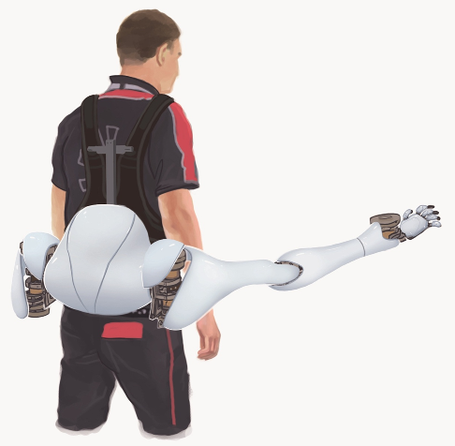With the future bearing gifts: swarms of automated cars, that is, it’s only right that you have a way to park your self-driving car.
Serva Transport Systems has now given us just that. Debuting at Düsseldorf Airport in Germany, the robot valet, dubbed Ray is equipped with forklifts to help move the cars in and out of the airport parking lot. When you leave you car to be parked by Ray, it uses a laser scanner to measure your car, and will adjust the forklift handles accordingly.

Then, Ray uses even more lasers to find its way around the parking lot, packing all the cars more closely than your average human would possibly dare to park. Therefore, the parking lot can be used to its maximum capacity. There is even an Android app to alert Ray when you want your car back, but that process can soon be automated as well by inputting your flight data when you leave your car.

























































